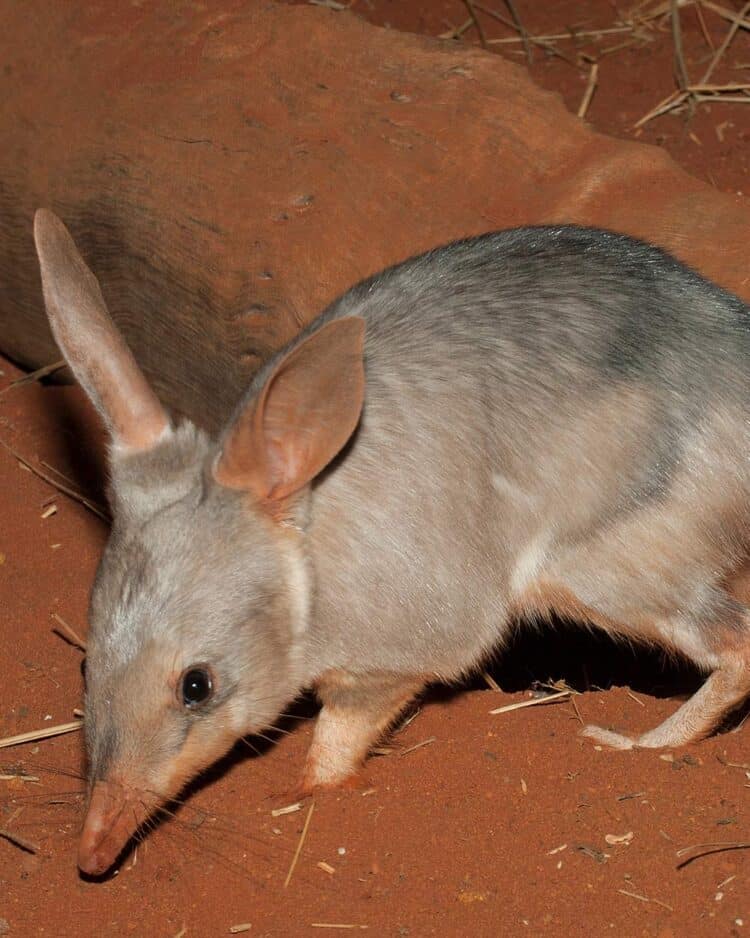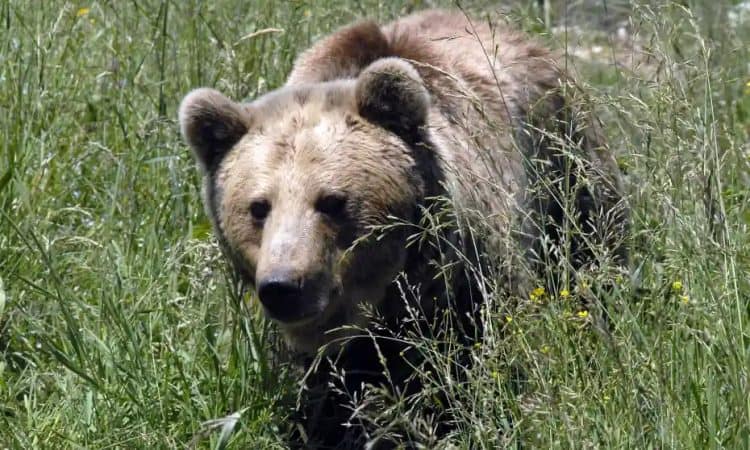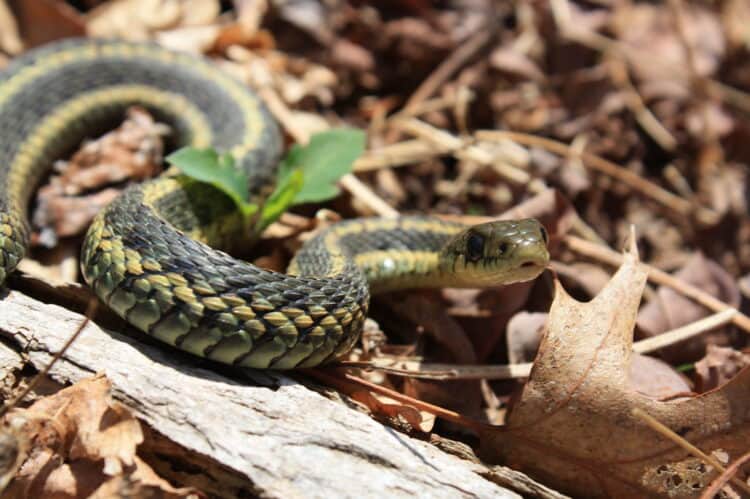As we all know, it’s not the easiest thing in the world to do scientific writing. It comes with plenty of nuances, with lots of tricks and tips, with plenty of details to be aware of. Thus, we all need someone to guide us through this process and show us how to perform at top level with our scientific writing in biological sciences.
There is a slight difference between doing science and writing about science. The latter proves to be difficult task for students to deal with. It doesn’t work out in the way we were generally taught on how to write. Here there are other things to do, other stuff to work though, and so on. But it’s a thing that’s definitely going to help you move forward in your understanding of the topic presented.
Scientific writing needs to be properly formatted and should include some main sections that are a must-have. Such are the introduction, the suggested hypothesis, the methods description, the key results, followed by a discussion of the results. But let’s see how to put all those things together.
Research the Available Literature
Here we aren’t talking strictly about the available literature to take information from. Rather, we need to delve into the literature and sources in other to understand what do we already know, what is yet to know, and why would that be important. Via this method you’d understand better how to present your research in the best manner possible. You’d be able to show how you’re building upon what’s known upwards to what novelties you’ve found.
Audience – Aim to Understand It
You need to first understand your audience in order to know how you want to approach writing to them and what information can you present them in what manner. Science writing isn’t about the exact findings. Sure, they are a truly important thing. But they are not as important as the understanding of what do you wish the audience to know. Consider what do you want them to gain as a knowledge and information and then work with that as a starting point.
How to Write the Introduction
When you are starting with the introduction, you need to put in the relevant information that is setting the tone for your paper. Identify what problem are you aiming to work on solving. Put broad context here, narrow it down later. Put down in writing what implications does your work have on your particular field. Go briefly through the literature available. Then narrow the focus and state what is the problem you are addressing in the paper. Show how your work done aids in the promotion of the knowledge in your field. Then it comes the hypothesis that follows on the stated problem. Define the hypothesis or hypotheses, overview the design of the experiment, and explain why you’ve picked them. Shortly outline the project you’ve undertaken.
Moving on to Materials and Methods
This is an easy thing to write because you describe the procedures and explain the design of your research. Do each procedure in a different subsection, denoted by a header. Reuse each header in the section for Results and Discussion so as to make it clearer for the ones reading it.
Include everything that you’ve done and show how your methods have been scientifically valid. Describe everything chronologically and with clarity. Put down the statistical analyses you’ve done. Write everything is past tense. Here you can also use passive voice to avoid repetitions.
The Results Section
Here you can present what are the key findings of your research. The laid out here will serve as a foundation for the latter Discussion section for interpretation. If you need graphs, data tables, etc., put that here. Describe the results, summarize them and try to divide each data set in a different summary. If necessary, make several sections. Be specific, describe the findings in biological regard, rather than purely statistical.

Coming Down to Discussion and Conclusion
In the Discussion section you need to interpret the results. You can state what you’ve found out with focus on the main finding. Mention how you’ve helped further the knowledge in your particular field.
Talk about the hypotheses and the main problem presented with evidence offered from the results you’ve gathered. Put down every possible interpretation. Use references from existing literature and show the relation to your results.
In the conclusion state how is your research significant, using a summary for the description. The things you certainly want your reader to take home should be placed at the end of the conclusion.
Editing, Peer Review
Those are some really important steps to take when you are writing a biological scientific paper. You need to edit the paper, make sure everything is laid out clearly and correctly. Then use peer-feedback to make sure you have a greater chance of your paper being accepted or graded better.
While editing, you need to ensure the data is all set and laid out. You should not leave any finding out for that makes your paper less trustworthy. Ensure that you’ve stated your hypotheses and findings clearly and coherently. Make sure you’ve presented the reader with enough information to reach a data-supported conclusion.
Also, edit the manner in which you’ve presented the information if that is necessary. This includes turning the passive voice into active voice, spellchecking, ensuring all citations are properly formatted. Those are little details that help become a better scientific writer.
Conclusion
Everyone who needs college paper help knows pretty well how many obstacles there are to overcome when doing a scientific paper. There are various tools to utilize, different techniques to implement, diverse steps you need to undertake. In the article above we touched upon the main and foremost know-how information that would help you with this difficult process.
After all, scientific writing requires certain guidelines to be met. Here we presented them and tried to give you concise and clear information about them and how to write the given section. For sure, there is much more to learn about biological paper writing. But we tried to cover all the bases and give you an overall view onto the topic so as to ensure you are well-equipped even if you have no time to get deep into the literature available on scientific writing.







Leave a Reply